
Piyush
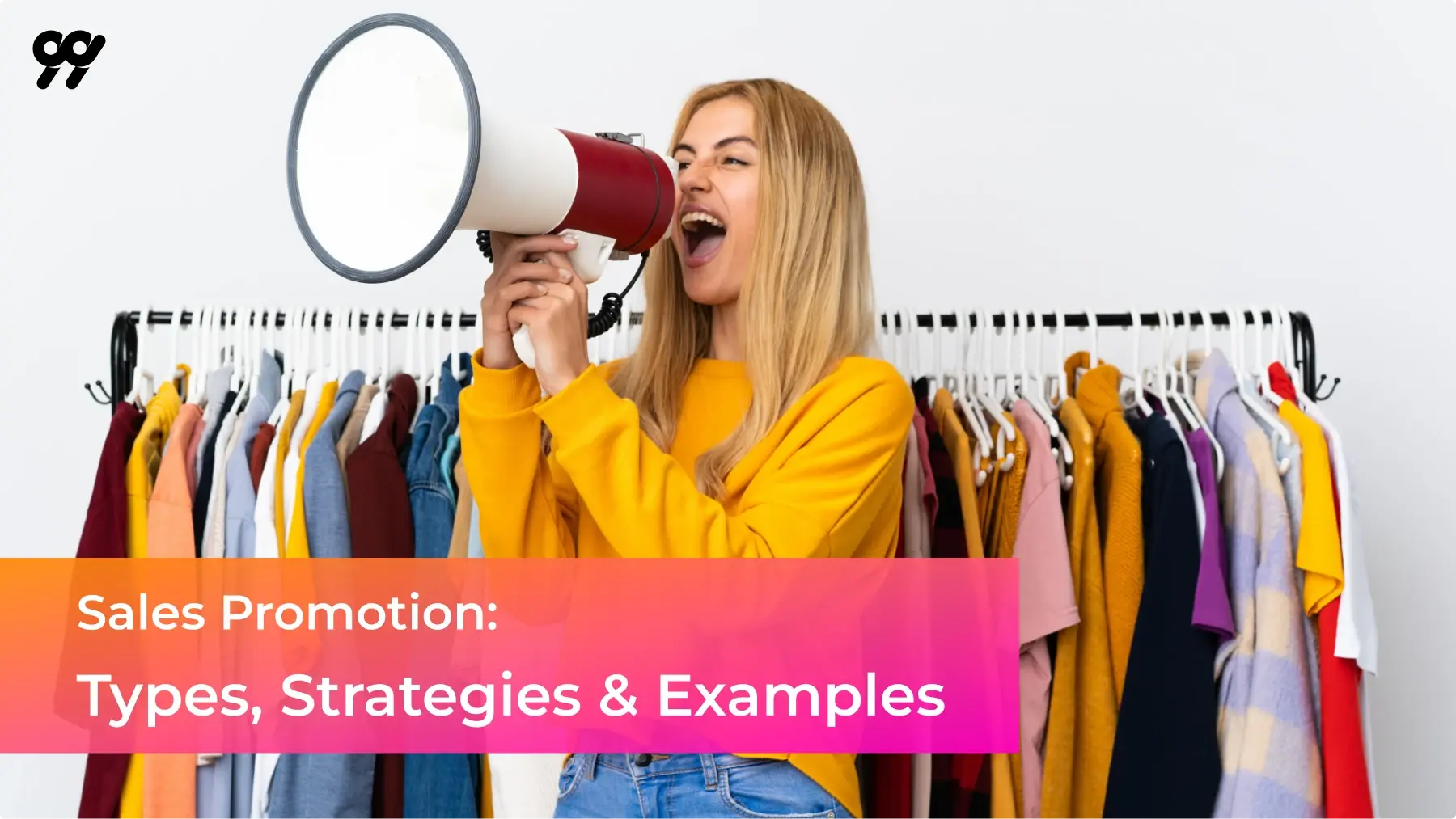
Sales promotion have become an essential strategy for businesses looking to attract and retain customers in a competitive market. By offering short-term incentives such as discounts, exclusive deals, and loyalty programs, these promotions help boost sales, enhance brand awareness, and foster customer loyalty. According to Epsilon, 80% of consumers are more likely to make a purchase when they receive personalized offers, and 70% actively seek out deals due to rising costs.
By providing incentives and limited-time offers, sales promotion not only drive immediate sales but also increase brand visibility, allowing companies to achieve both their short-term and long-term goals.
Table of Contents:
A sales promotion is a limited-time offer or deal designed to prompt immediate buying behavior, increase brand awareness, or encourage trial usage of products. Sales promotion help companies reach short-term sales goals, using tactics like discounts, flash sales, or loyalty programs. These promotions provide incentives to influence the decision-making of existing customers and to draw in new buyers by creating an appealing offer.

Sales promotion can be game-changers for businesses, influencing everything from customer acquisition to brand loyalty. Here’s a closer look at the core benefits:
Sales promotion amplify brand visibility by capturing attention through discounts, events, and interactive promotions. For instance, a flash sale or a “limited-time offer” on social media attracts potential customers and increases exposure, drawing traffic to the brand’s online or physical store.
Discounts, bundles, and “Buy One Get One Free” (BOGO) deals are powerful tools for increasing sales volume. They encourage customers to purchase immediately, often leading to a surge in sales within a short timeframe. Seasonal promotions like Black Friday and holiday discounts can further maximize this impact.
Sales promotion aimed at repeat customers, such as loyalty programs or VIP-only discounts, foster brand loyalty. By rewarding repeat purchases, brands can make customers feel valued, increasing the likelihood of future sales. Loyalty programs, especially those offering points or tiered rewards, are particularly effective in building long-term customer relationships.
Sales promotion like free trials, sampling, or first-time discounts make it easier for potential customers to try a product with minimal commitment. This is especially valuable for new product launches, where businesses aim to generate buzz and gather feedback. For example, beauty brands often use samples to introduce new skincare products to prospective buyers.
While sales promotion can bring significant benefits, there are also potential drawbacks to consider.
Loyalty programs reward repeat customers with incentives like points or rewards redeemable for discounts and free items, encouraging ongoing engagement. This approach keeps customers returning by offering exclusive benefits that deepen brand loyalty. Starbucks Rewards, for example, not only enhances customer retention but also builds brand identity by creating a community of regular customers who enjoy unique perks.
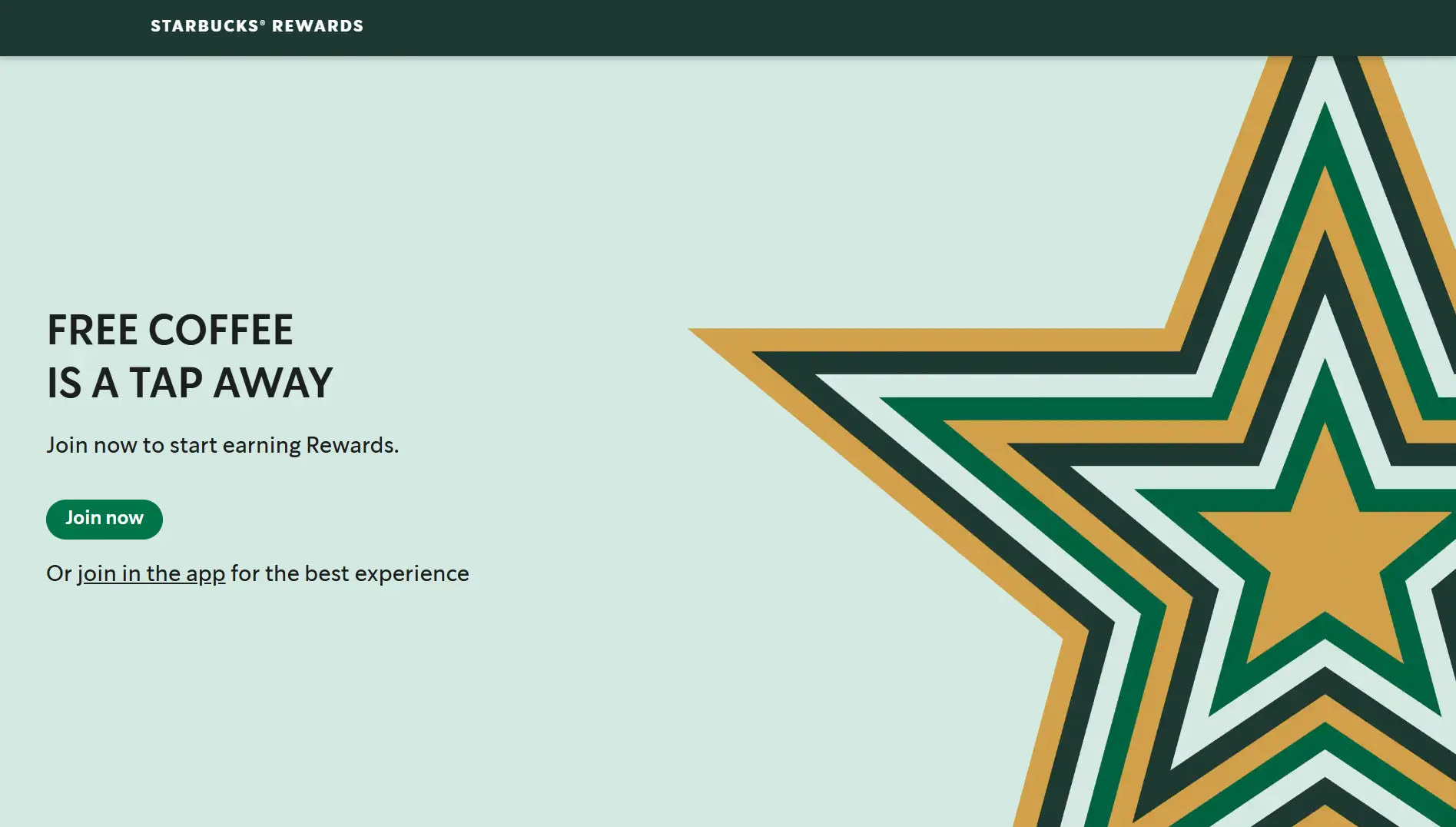
Referral programs leverage existing customers to bring in new ones by offering rewards, such as discounts or credits, to both the referrer and the new customer. This word-of-mouth strategy enhances credibility since recommendations come from trusted sources. Dropbox’s referral program is a perfect example: they offer extra storage for referrals, which helped scale their user base without relying on heavy advertising.
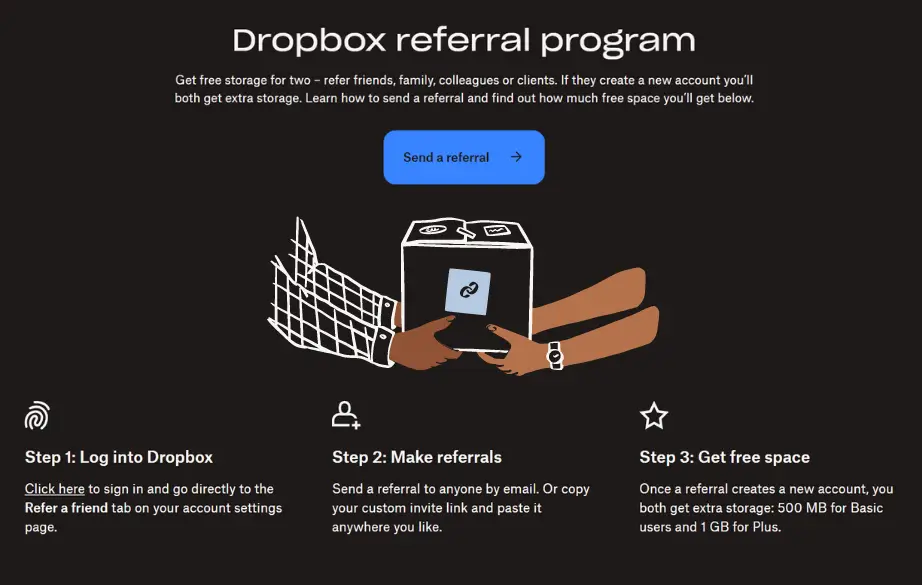
Coupons and vouchers are versatile and flexible tools that give customers a specific savings amount or percentage off a purchase. These can be distributed through email, social media, or in-store, and work effectively for attracting deal-oriented shoppers. Digital coupons also enable businesses to track usage and measure promotion success more accurately.
Giveaways generate buzz, especially on social media, by offering free products to winners who engage with the brand. Typically, participants enter by liking, sharing, or tagging friends, creating widespread engagement. By participating in giveaways, users increase brand reach and awareness at minimal cost to the brand.
BOGO (also known as “Buy One, Get One Free” ) promotions encourage bulk purchases by offering a free or discounted product with each one purchased. This technique is particularly useful for clearing excess inventory and increasing transaction size, appealing to budget-conscious shoppers who value deals that give extra value.
Free shipping promotions remove one of the biggest barriers for online shoppers. Many brands apply it to orders above a certain threshold, encouraging customers to add more items to qualify. By offering free shipping, brands can increase conversion rates and average order values in eCommerce, where shipping costs often discourage customers from completing purchases.
Direct price discounts are straightforward but effective, offering customers a percentage or set amount off select items. This approach is especially effective during high-traffic periods like holiday sales. Brands often use discounts for specific products to move stock or for entire categories, ensuring versatility for different sales goals.
Product bundles combine multiple related items and sell them at a lower price than if bought separately. This encourages customers to purchase complementary products, thus increasing the average order value. For instance, a skincare brand might bundle a cleanser, toner, and moisturizer together, appealing to customers who want a full skincare routine in one purchase.
Flash sales are short-term promotions that create urgency by offering steep discounts for a limited time. This type of sale is effective for clearing inventory or creating excitement around a brand, as the limited time frame encourages customers to make quick purchase decisions.
Free trials offer customers the opportunity to try a product or service before making a commitment. This approach is popular with SaaS and subscription-based businesses, as it lowers customer hesitation and increases conversion rates by showcasing the product’s value firsthand. After a trial period, customers are often more inclined to subscribe.
Subscription discounts incentivize customers to commit to recurring purchases by offering a reduced rate for ongoing orders. This model is common in consumable goods (like pet food or supplements) and creates a predictable revenue stream while encouraging brand loyalty.
Upselling is the practice of encouraging customers to upgrade to a higher-priced product or add complementary items to their purchase. This tactic maximizes transaction value, benefiting both the customer, who gets a premium experience, and the brand, which sees increased revenue per transaction.
To get the most out of sales promotion, it’s essential to plan strategically. Here are some ways to enhance the effectiveness of promotions:
A successful promotion begins with specific goals. Whether the purpose is to boost immediate revenue, introduce a new product, or expand customer reach, defining these objectives is essential for guiding every element of the campaign. For example, if the aim is to increase brand awareness, a social media-based giveaway may be more effective than a discount-based promotion. Alternatively, if the goal is to clear out older inventory, price discounts or bundles could be a better fit.
Audience segmentation tailors promotions to specific demographics, increasing relevance and appeal. By segmenting based on factors such as age, location, purchasing history, or interests, businesses can customize offers to better resonate with each group. For instance, student discounts can attract younger audiences, while loyalty discounts may appeal more to repeat customers. Personalized promotions show customers that the brand understands and values their preferences, often leading to higher conversion rates.
Promoting across multiple channels broadens a campaign’s reach and reinforces the message. Using a mix of email marketing, social media posts, website banners, and even physical signage (for in-store promotions) ensures that the promotion is visible to a diverse audience. Each channel can also serve a unique role: email can provide detailed information and direct links, social media can create buzz, and on-site displays encourage immediate action.
Urgency is a powerful motivator in sales promotion. When customers believe that time is running out—whether through limited-time offers or countdowns—they are more likely to act immediately. Flash sales, “while supplies last” deals, and limited-edition products all harness the fear of missing out (FOMO) to encourage quick decisions. By incorporating urgency into promotions, businesses increase the likelihood of immediate conversions.
Data is invaluable in shaping promotions and improving future campaigns. By analyzing past promotions, sales data, and customer behavior, businesses gain insight into which strategies resonate with their audience. For example, tracking customer responses to different discount types can reveal whether percentage-based or flat-rate discounts are more effective. Customer data can also inform segmentation, helping to develop more personalized and effective promotions in the future.
Here are some innovative ideas to make sales promotion stand out:
Seasonal promotions are tailored to specific times of the year—such as holiday shopping, back-to-school, or summer clearance sales—to match customer spending trends. For instance, a holiday-themed discount could be structured as “12 Days of Deals,” with a different discount or bundle offered each day. By aligning with a season, customers feel an urgency to buy, making it easier to clear inventory while creating a shopping event that customers anticipate year after year.
A gamified approach, “spin-the-wheel” discounts add an element of excitement and engagement. Customers virtually “spin” to receive a random discount, such as 5% off, free shipping, or even a grand prize like a significant discount. Not only does this increase interaction, but it also creates anticipation and a feeling of exclusivity. Businesses often tie these to sign-ups, expanding their customer database and giving visitors an extra incentive to make a purchase.
Offering a free gift with a purchase (GWP) enhances value perception, making customers feel rewarded. The gift can be a sample of a new product, an exclusive item, or a best-seller, encouraging larger transactions or minimum order amounts. For instance, a skincare company could offer a deluxe mini of a new product with purchases over a certain amount. This technique is especially effective for new product launches, as customers get to experience additional products risk-free.
Partnering with complementary brands can significantly extend a promotion’s reach and build cross-brand exposure. For example, a coffee company could collaborate with a chocolate brand, creating a “coffee and cocoa” bundle that’s marketed to both audiences. These partnerships work well because they allow brands to tap into a pre-qualified audience without competition. This approach works especially well when the partnership offers a distinct, cohesive experience to consumers.
Examining real-world examples of effective sales promotion gives deeper insight into strategies that yield impressive results. Let’s delve into three successful cases with ideas for visual representation.
In 2014, Coca-Cola launched the “Share a Coke” campaign, replacing its classic logo on bottles with popular first names and phrases. This strategy tapped into personalization, creating an emotional connection with consumers by encouraging them to find and purchase bottles featuring their own names or the names of friends and family. The campaign spanned across various marketing channels, including TV commercials, digital ads, and social media challenges that invited users to share pictures of their customized Coke bottles with hashtags.
This campaign significantly increased Coca-Cola’s sales and brand visibility. Social media buzz skyrocketed, with millions of user-generated photos and stories shared online. Coca-Cola reported a spike in young adult engagement, revitalizing its presence among the millennial demographic.
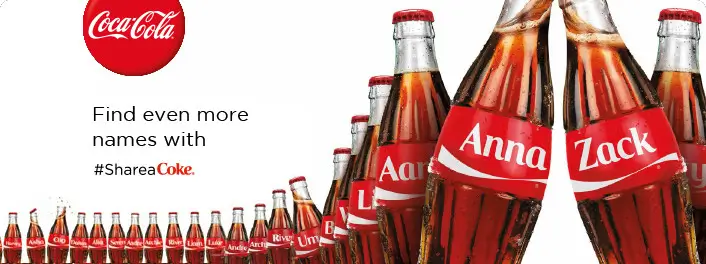
McDonald’s Monopoly promotion is a long-running sales initiative that gamifies the customer experience. Customers receive game pieces with every purchase, representing properties on a classic Monopoly board. Collecting a complete set of properties allows customers to win various prizes, ranging from free food items and gift cards to large-scale rewards like cars and vacations. The campaign is supported by in-store advertisements, printed game boards, and interactive mobile apps for tracking progress.
This promotion effectively increased sales as customers returned frequently to McDonald’s to collect game pieces. It also created a competitive and fun atmosphere, with players actively trading pieces to complete sets. The campaign fostered customer loyalty and significantly boosted the company’s bottom line during the promotional periods.
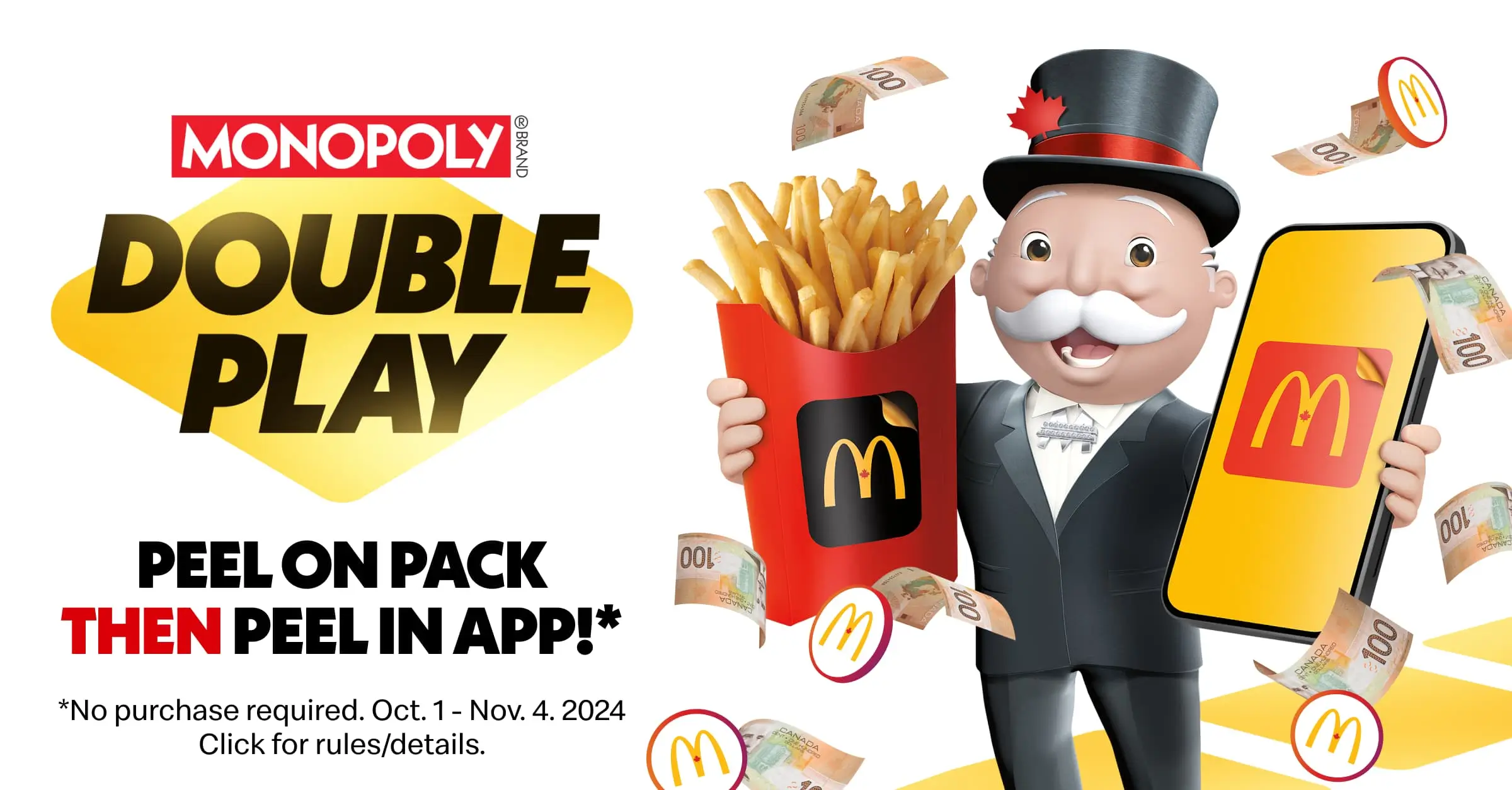
Prime Day is an annual, exclusive sales event that Amazon created to boost its Prime membership program. During this event, Amazon offers deep discounts and special deals across thousands of products for a limited time, accessible only to Prime members. This promotion is heavily marketed through email newsletters, online ads, and social media campaigns weeks in advance to build anticipation. The event spans different regions and time zones, generating global excitement.
Prime Day has proven to be a massive success, contributing to billions in sales revenue and a surge in new Prime subscriptions. The event promotes consumer urgency and drives substantial traffic to Amazon’s platform, reinforcing the benefits of Prime membership, such as free shipping and exclusive content access.

Starbucks launched its Rewards Program to incentivize repeat visits by offering points (or “Stars”) for each purchase. Members could redeem their Stars for free drinks, food, or exclusive merchandise. The program operates through a mobile app, making it easy for customers to track their points, receive personalized offers, and even pre-order to skip lines. Regular updates with bonus point challenges and double-Star days kept customers engaged and active.
This strategy successfully fostered loyalty, increased app downloads, and improved customer retention. It also provided Starbucks with valuable data on consumer preferences, enabling targeted marketing. The program’s success is reflected in its widespread adoption and continuous updates that keep it fresh and competitive.

Sephora’s Beauty Insider program is a tiered loyalty system that rewards customers based on their annual spending. The three levels—Insider, VIB (Very Important Beauty Insider), and Rouge—offer increasing perks, such as birthday gifts, exclusive product previews, and access to special events. Sephora’s program also integrates a points system that allows customers to redeem points for products or experiences. The company promotes the program heavily via social media, in-store displays, and email campaigns.
The Beauty Insider program has created a community of loyal Sephora shoppers who feel valued and appreciated. This program drives significant revenue through repeat purchases, as customers are motivated to spend more to unlock higher-tier benefits.
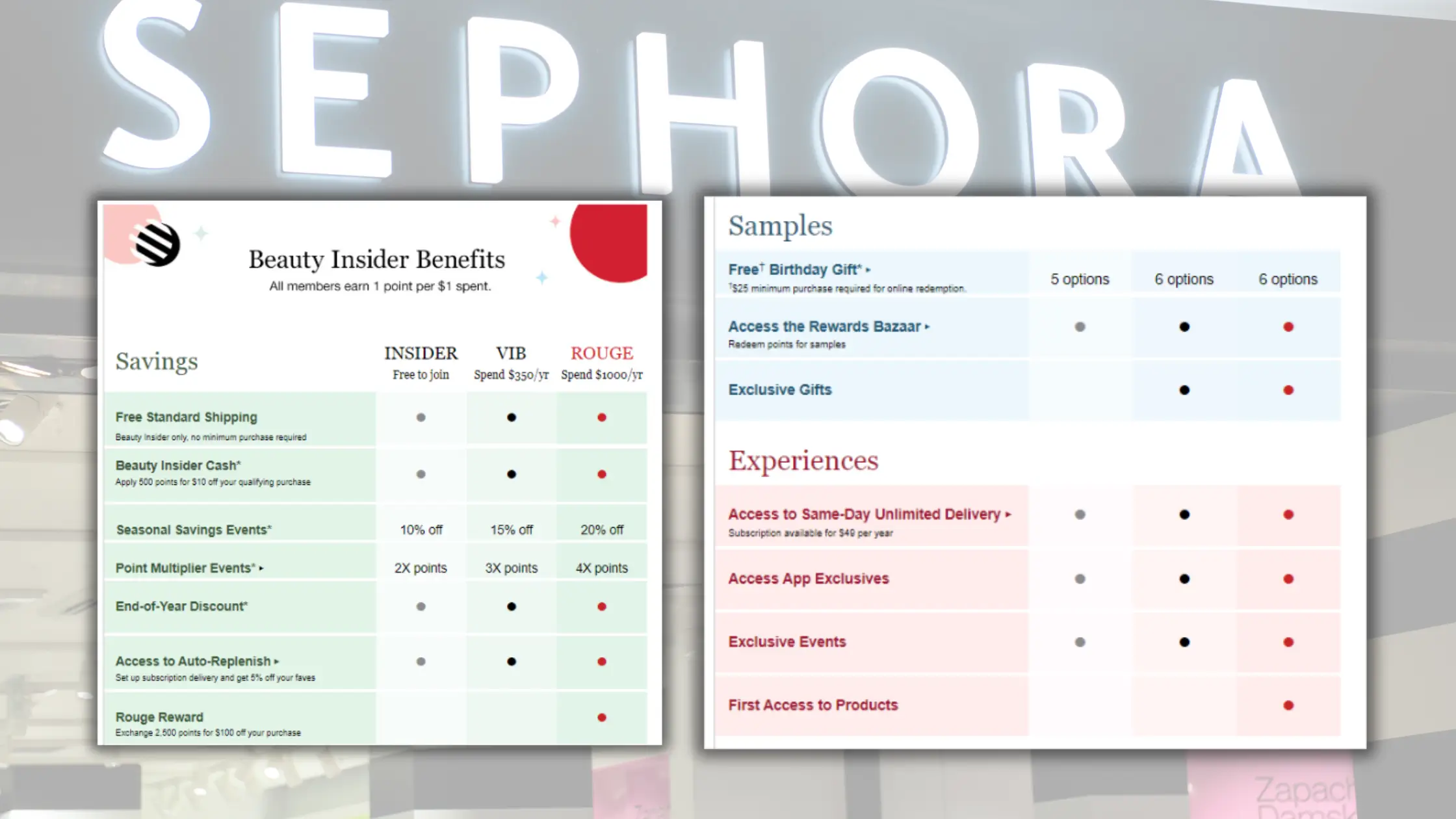
Replicating successful sales promotion can streamline your strategy, allowing you to focus on what works instead of starting from scratch with each new campaign. By creating personalized discounts, offering value-added bundles, and utilizing limited-time offers that align with your audience’s preferences, you can achieve significant results with less effort.
Promotions come in various forms, each offering different types of incentives. Finding the right one for your unique goals and audience requires research, experimentation, and sometimes a bit of trial and error. To simplify this process, 99minds provides a comprehensive suite of tools designed to help you design, test, and analyze a wide range of sales promotion. Whether you aim to launch targeted discounts, create personalized rewards, or engage customers through gamified experiences, 99minds equips you with the resources and strategies needed to elevate your promotional efforts and achieve measurable success.